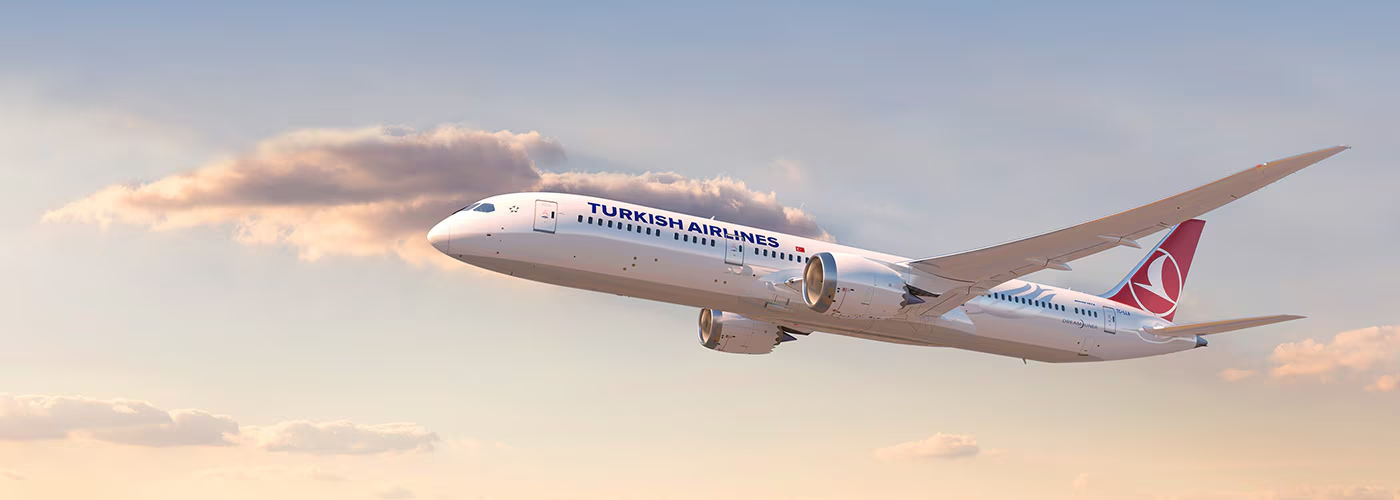Can We Have an Aircraft with a Panoramic Window?
Air travel is enticing. We love to travel by aircraft because of its convenience compared to other means of transport. There are many things inside an aircraft that can intrigue us. One of those is the design of its windows. Everyone would have seen it from the inside or outside and would have given thought to its shape. But have you ever thought, why don’t we have panoramic view windows in the aircraft? Isn’t it perfect to have expansive clear windows to swim through the clouds? Let’s figure it out.

Early Aircraft Windows: Featuring “The de Havilland Comet”

In 1952, the de Havilland Comet made history as the first commercial jetliner to take to the skies. This revolutionary aircraft was powered by jet engines, as opposed to the piston engines used in older aircraft, which made it significantly faster – approximately 50% faster, to be precise. This allowed the Comet to cover greater distances in shorter periods of time and made air travel more efficient.
In its first year of service, the Comet carried over 30,000 passengers, including notable figures such as Queen Elizabeth, the Queen Mother, and Princess Margaret. The aircraft was also able to fly at an impressive altitude of around 32,000 ft, which meant that it could bypass inclement weather that other aircraft would have to fly through. This was a significant advantage for air travel, making flights more comfortable and reliable for passengers.

However, the most distinguishing characteristic of the de Havilland Comet was its square windows. Although square windows worked fine in homes, they would soon spell disaster for the Comet. In 1954, two incidents led to 56 passenger and crew deaths. The two aircraft experienced midair disintegration, and it was found that the square windows were the root of the problem. Due to their proper angles, the pressure inside the cabin concentrated on their corners, which was found to be twice or thrice higher than the rest of the fuselage. This led to the formation of stress cracks and, ultimately, the windows blowing out after prolonged use.

Aircraft Windows Shape Development

In the fuselage of an aircraft, there can be any point that can become a weak spot while flying. A weak spot is a place that collapses first when an aircraft has to experience stress. This weak spot can result in a catastrophe when there is stress due to changes in air pressure or other factors.
A square window will have four potential weak spots at each corner. In any case, there was to be no weak spot in an aircraft. For this, the manufacturers replaced square windows with round windows.
However, an aircraft can have weak spots at any part of it which has corners. This is the reason why the fuselage is also of cylindrical shapes. Consequently, the design of the windows had to be altered. The solution was the round window. Due to the absence of corners, the pressure inside the cabin is evenly distributed across the surface, eliminating the potential for concentrated pressure points. Additionally, round windows are structurally stronger, which reduces the likelihood of warping over time and resulting faults. Nowadays, most aircraft feature round windows as a standard design element.
Aircraft windows construction development: the addition of layers
Not only has the design of aircraft windows evolved over time, but also its construction. Instead of glass, the windows on aircraft are made of acrylic, a more resilient material. Each aircraft window is composed of three layers. The outermost layer is the thickest and is designed to withstand the pressure exerted on the aircraft’s exterior.

The second layer is also thick and features a small hole, which helps to equalize the pressure between the inside and outside of the window. The innermost layer is the thinnest and only needs to withstand the internal pressure of the aircraft.
Since windows are a significant component of aircraft, they are a crucial aspect of the ongoing safety inspections that aircraft undergo.
Read also: Why are the windows of planes round or curved?
Sources:
- North Central Institute (NCI)
- Featured Image by: Jen Lee
Flight attendant who likes to write his daily stuff
You might also like:
- Viswash Kumar Ramesh: the Only Survivor from Air India Flight 171 Crash
- American Airlines Celebrates Delivery of 50th Boeing 737 MAX 8
- Etihad Airways Boeing 787 Dreamliner Rejects Takeoff After Two of its Main Gear Tires Burst
- Can an Aircraft Fly With Only One Engine?
- From Damac Properties to Damac Air: Elevating Luxury Travel to New Heights – Launching on November 12, 2024
Discover more from Aviation for Aviators
Subscribe to get the latest posts sent to your email.














1 comment